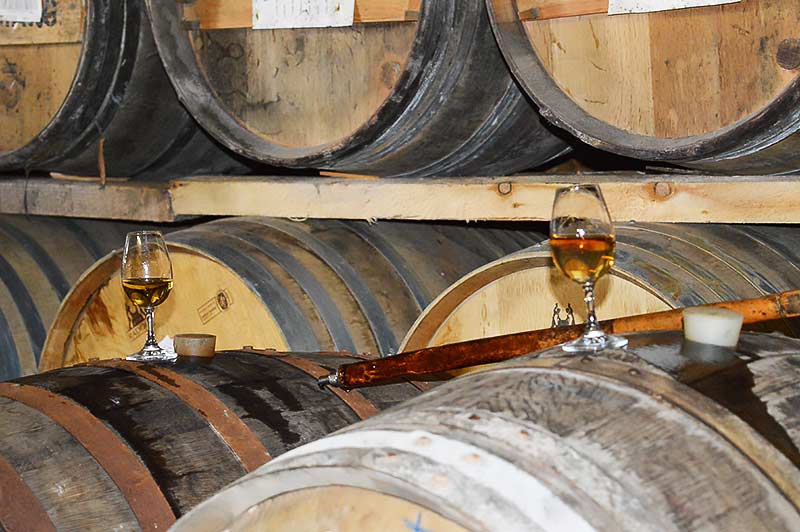Scotch Series 10: Maturation

‘Put thy ear against the vat, thou hearest a ceaseless murmur, a slow full suspiration. The juice is clothing itself in sound, in song, in psalmody.’ George Mackay Brown ~ A Time to Keep.
When you mature a scotch you are trying to balance the spirit character with the maturation character. Oxygen enters the wood of the staves and interacts with the spirit in the cask. It interacts with the top layer of the spirit, the spirit that touches the sides of the barrels.
Phenolics interact with oxygen and turn their short ‘spikey’ molecules into long soft ones. Tannins can cause astringency. From tannins’ interaction with oxygen, they too become linked forming larger molecules which are softer on the palate. Rapid maturation creates layering rather than subtle integration which comes from long maturation.
Older barrels may impart a spicy aroma due to 4- ethyl guaiacol or ‘barnyard’ aroma due to 4 – ethyl phenol – that minerality found in Lagavulin 8 YO. Sulphur combats vinegariness.
